A to Z HIGHLIGHTS OF DERBY AND DISTRICT - PART 9
The A to Z – highlights of Derby and District is a 19-part series and will be published weekly.
Littleover – Mackworth Estate

LITTLEOVER
From Anglo-Saxon times, if not sooner, a small village existed at Littleover. Rykneld Street, the Old Roman Road, passes through the village and possibly a settlement was set up near the road. The old village centre lay off the main road close to the church. But as Derby expanded and the green fields separating the two became fewer, a battle to integrate the village into Derby commenced. The arrival in 1839 of the railway and industrialisation was producing a rapid expansion of the population in Derby and the Borough Council began to cast a greedy eye towards the village. Already the chiefs of industry were starting to move out of the overcrowded town into the country and some built their houses in Littleover.
Apart from building a few large houses and parks, little expansion took place in the village, until the Derby Tramway network was extended in 1908 to the parish boundary at Littleover Lodge. This presented the opportunity for the less well-off to live in the country and commute to work. Twenty-five years later when the trams were replaced by trolleybuses the route was extended through the village to Chain Lane. In 1928 part of the parish was absorbed by Derby. This enabled the Borough Council to construct the Outer Ring Road through what had been the northern part of the parish.
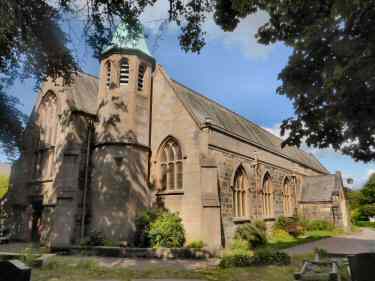
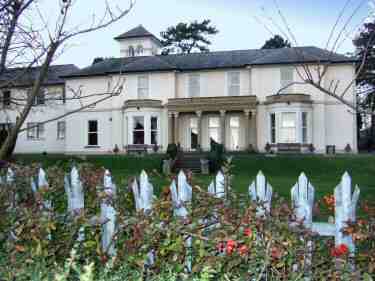
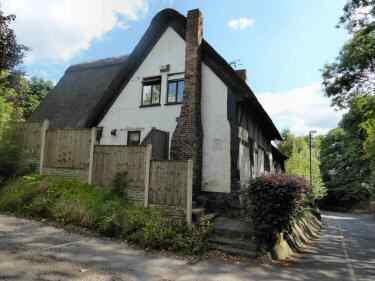
LITTLEOVER – ST PETER’S CHURCH
The old part of Littleover remains largely hidden from the main road. Originally it consisted of several tiny houses, clustered around a wooden church that preceded the Norman Conquest. A small stone church was built early in the 12th century, traces of which remain. The most prominent is the Norman doorway and font.
LITTLEOVER – THE GRANGE
The Grange stands behind the supermarket shopping area. A large white house, built in the early 1800s it was at one time occupied by Rueben Eastwood a local iron founder. Eastwood added the campanile so that he had somewhere to go after dinner to smoke. In the mornings the glow from his foundry, which he could see in the distance, ensured that his workers were hard at work.
LITTLEOVER – THE OLD THATCHED COTTAGE
The Old Cottage in the Hollow at Littleover is the oldest property in the village, one of the few in Derby to retain its thatch. It probably started life as a labourers’ cottage in the 16th century. For a time, it operated as an inn before reverting to a private residence. The inn did a particularly good trade when race meetings took place at nearby Hell Meadow.

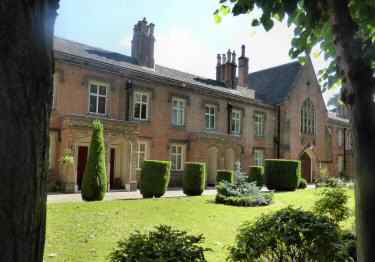

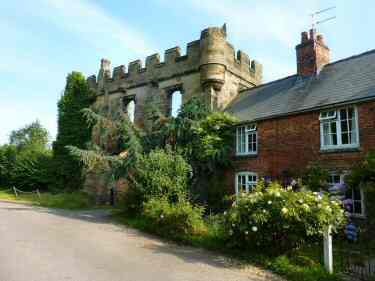
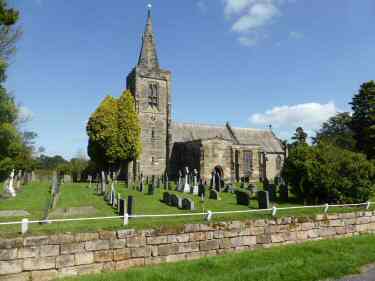
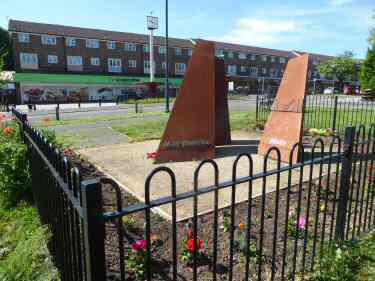
LIVERSAGE ALMSHOUSES
On London Road near the city centre stand the Liversage Trust Almshouses. They were funded out of the Liversage estate. Robert Liversage, a master dyer and tradesman, had become very wealthy during the first half of the 16th century but died a childless man in 1529. Together with his wife, they left all their land and property to the poor of St Peter’s Parish, where they lived.
LOCKO HALL
Locko Hall was built in the 1720s by Francis Smith of Warwick and has been the ancestral home of the Drury-Lowe family since 1747. A chapel was first erected there in 1669, before that in medieval times a leper hospital occupied the site. The house has strong Italianate features, which reflects the taste of William Drury-Lowe who made many visits to Italy.
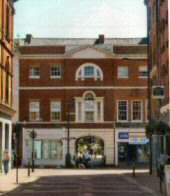
LOCK-UP YARD
On 12 July 1879, after drinking heavily, Gerald Mainwaring set off driving a horse and trap through the streets of Derby accompanied by a prostitute. When apprehended and taken back to the police station Mainwaring shot PC Moss. At his trial, he was sentenced to be hanged but the decision was made on the toss of a coin. As a result of that, the sentence was commuted by the Home Secretary.
LONDON ROAD
In 1738, a Turnpike Trust was set up by parliament and authorised to collect tolls. In return for maintaining the road to London, which considerably improved the speed of movement. The importance of London Road grew, with the arrival of the railways in the town. Access to the railway station was facilitated by the building of Midland Road, in 1840.
LONGBRIDGE WEIR
The Hydro Power House opened on 20 May 2013, on the banks of the River Derwent behind the Riverlights complex. It was named after the wooden footbridge that used to cross the River Derwent near the weir. The hydro exists primarily to power Derby City Council House with any excess being sold to the National Grid.
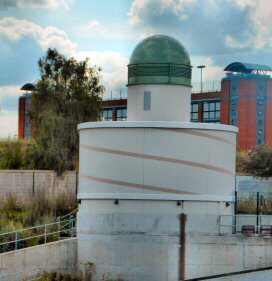
MACKWORTH – MACKWORTH CASTLE
Mackworth is a largely residential suburb of Derby, with the old village sitting further west on the other side of the A52. As mentioned in the Domesday Book the village shares its church, currently being restored after a fire, with what remains of the neighbouring village of Markeaton. The Gatehouse, a Grade II* listed building was intended to be the entrance to a castle that was never built.
MACKWORTH – ALL SAINTS’ CHURCH
The church mentioned in Domesday Book was possibly the one at Markeaton. But it is almost certain there was a church at Mackworth in 1200. It was restored in 1851, but parts of the building are 13th and 14th centuries. The church stands back from the road, isolated in a field to the east of the village centre. It is currently being restored following an arson attack.
MACKWORTH ESTATE
Mackworth Estate lies off the busy A52 Derby to Ashbourne Road, on the opposite side to Markeaton Park. Most of this large suburb was built in the 1950s. But in recent years many of the former council houses have passed into private ownership. It has little connection with the village which bears the same name a short distance away on the opposite side of the A52.
